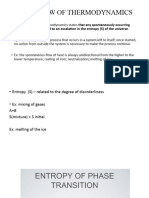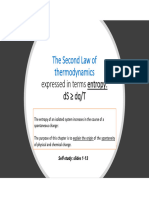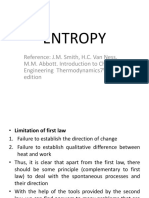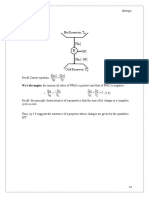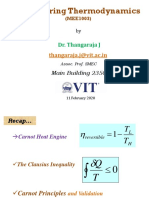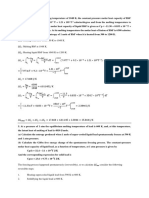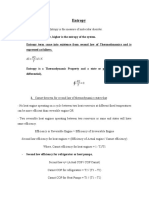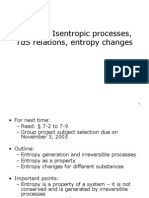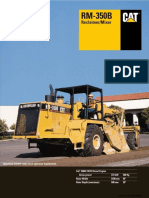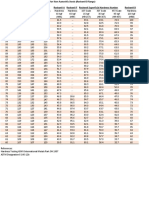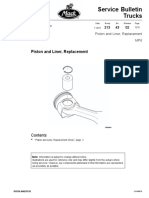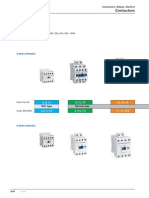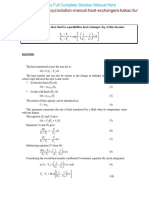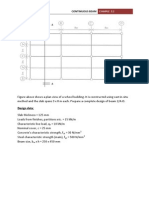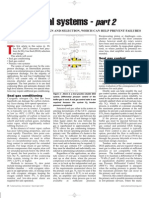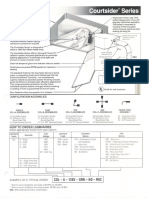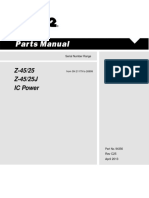0% found this document useful (0 votes)
62 views13 pagesLecture 6
The document discusses the statistical definition of entropy and its implications in thermodynamics, including the Carnot cycle and refrigeration principles. It explains the second law of thermodynamics, emphasizing that the entropy of the universe increases in irreversible processes. Additionally, it covers entropy changes due to phase transitions, mixing of gases, heating, and the relationships between temperature, volume, and pressure.
Uploaded by
adityamukherjee10052006Copyright
© © All Rights Reserved
We take content rights seriously. If you suspect this is your content, claim it here.
Available Formats
Download as PDF, TXT or read online on Scribd
0% found this document useful (0 votes)
62 views13 pagesLecture 6
The document discusses the statistical definition of entropy and its implications in thermodynamics, including the Carnot cycle and refrigeration principles. It explains the second law of thermodynamics, emphasizing that the entropy of the universe increases in irreversible processes. Additionally, it covers entropy changes due to phase transitions, mixing of gases, heating, and the relationships between temperature, volume, and pressure.
Uploaded by
adityamukherjee10052006Copyright
© © All Rights Reserved
We take content rights seriously. If you suspect this is your content, claim it here.
Available Formats
Download as PDF, TXT or read online on Scribd
/ 13

















